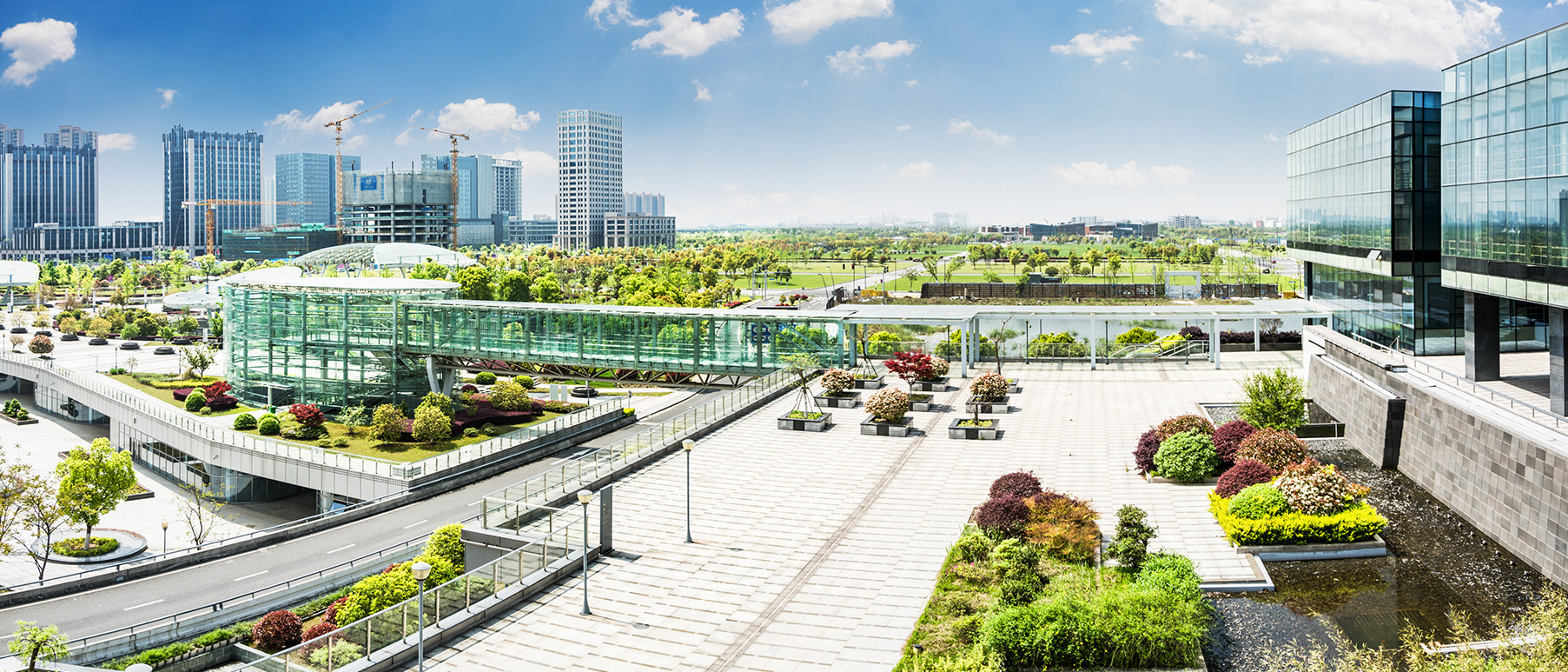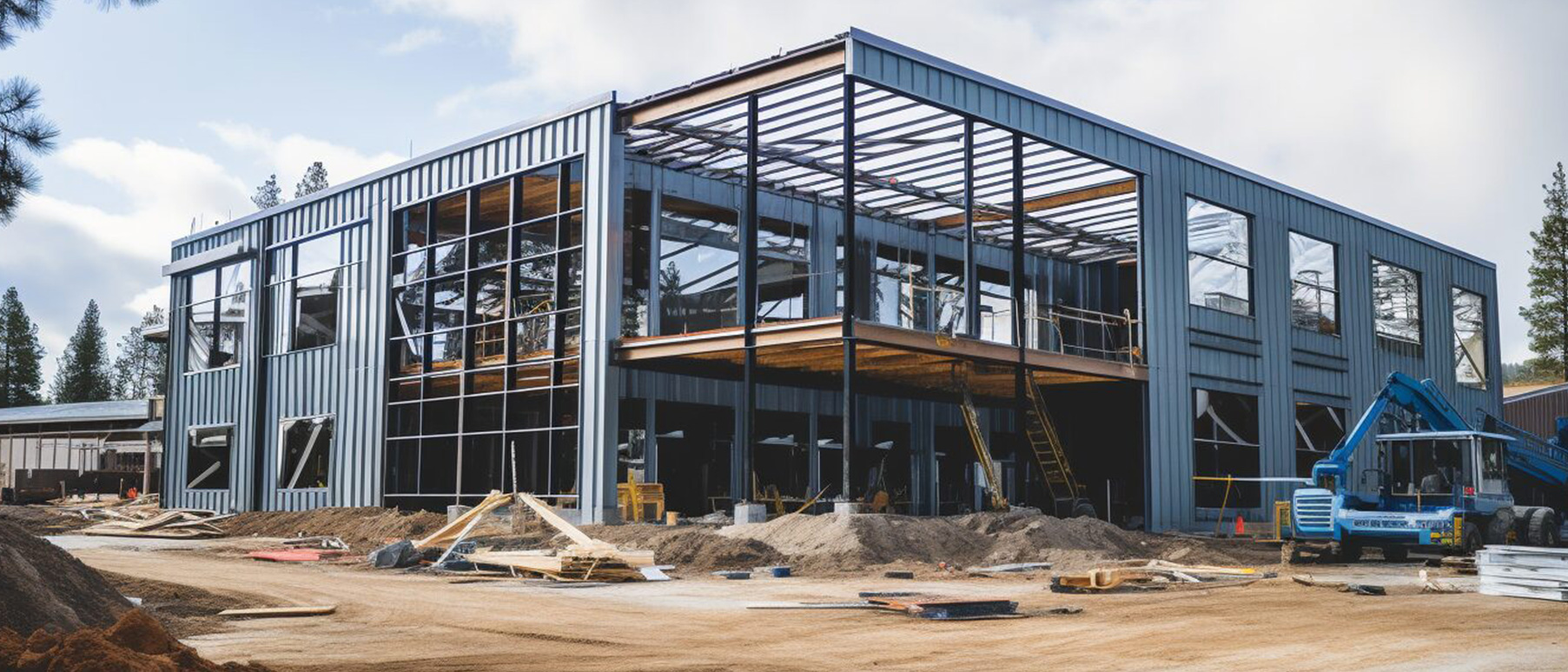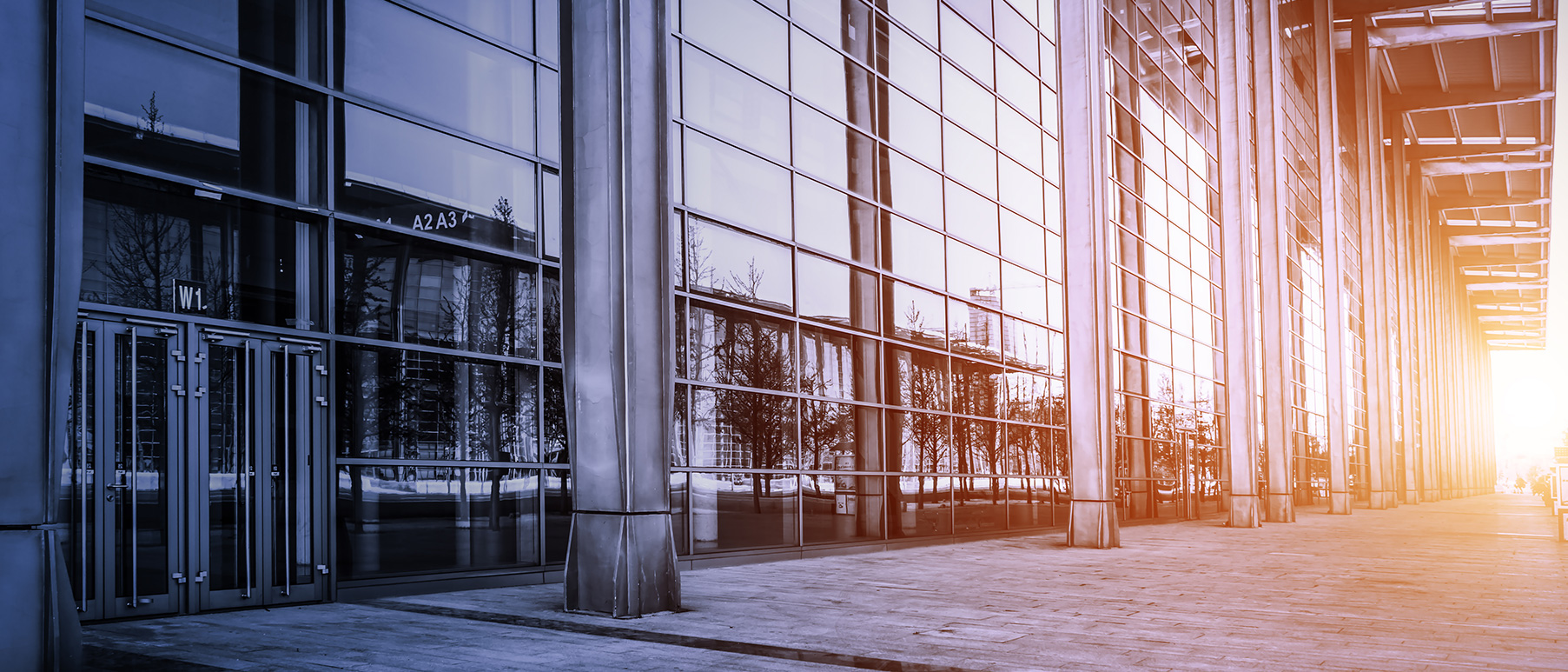- June 12, 2024
Here are some key reasons why pre-engineered buildings (PEBs) can be considered eco-friendly:
Reduced Construction Waste
Prefabricated Design: PEBs are manufactured off-site in a controlled environment, minimizing on-site waste generation. This reduces the amount of debris typically associated with traditional construction methods.
Efficient Material Use: The design and manufacturing process of PEBs are optimized to minimize material waste. Pre-cut components ensure accurate use of steel and other materials.
Durability and Longevity:
Strong Steel Construction: Steel is a robust material with a long lifespan. PEBs constructed with steel require less frequent maintenance and replacement compared to some traditional building materials. This translates to a reduced environmental impact over time.
Lower Demolition Waste: Thanks to their durability, PEBs are less likely to be demolished prematurely. This reduces the environmental impact associated with demolition and disposal of building materials.
Energy Efficiency:
Improved Insulation: PEBs can be designed with high-performance insulation materials, leading to better temperature control within the building. This reduces the energy required for heating and cooling, lowering a building’s operational carbon footprint.
Natural Lighting Options: PEBs can incorporate features like skylights and strategically placed windows to maximize natural light penetration. This reduces reliance on artificial lighting and associated energy consumption.
Recyclability:
Steel Advantage: Steel is one of the most recyclable materials available. At the end of a PEB’s lifespan, the steel components can be recycled and used in new construction projects, minimizing reliance on virgin materials.
Additional Considerations:
Faster Construction: Compared to traditional construction methods, PEBs can be erected faster. This reduces the overall construction site footprint and associated environmental impact, such as dust and noise pollution.
Flexibility and Adaptability: PEBs can be designed to be disassembled and reassembled in a new location. This flexibility allows for potential reuse of the building structure, further reducing environmental impact.
While PEBs offer significant eco-friendly benefits, it’s important to consider the entire building lifecycle. Factors like the source of energy used during manufacturing and the quality of insulation materials can influence the overall environmental footprint.
Importance of the Design Department
The design department is a critical component of a Pre-Engineered Building (PEB) company, serving as the backbone that transforms conceptual...
Exploring the Latest Trends in Pre-Engineered Buildings (PEB)
Pre-engineered buildings (PEBs) have been revolutionizing the construction industry with their efficiency, cost-effectiveness, and versatility. As technology advances and sustainability...
The Eco-Friendly Advantages of Pre-Engineered Buildings.
Here are some key reasons why pre-engineered buildings (PEBs) can be considered eco-friendly: Reduced Construction Waste Prefabricated Design: PEBs are...
Deep Dive into PEB Designs: Understanding the Options
Here's a more detailed explanation of the different PEB designs by function: Clear-Span Buildings: Ideal for: Warehouses, factories, production facilities,...






